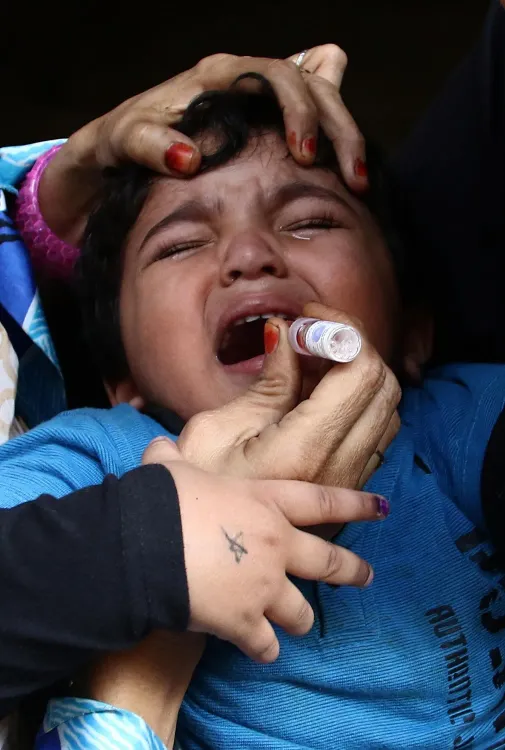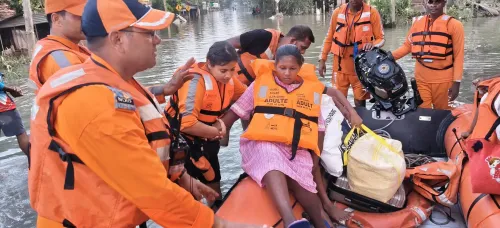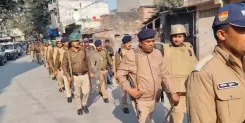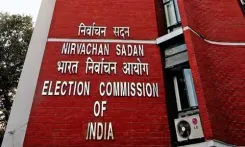Is Wild Poliovirus Type 1 Spreading in Pakistan's Sewage?

Synopsis
Key Takeaways
- 42 sites in Pakistan tested positive for WPV1.
- 17 polio cases reported in 2025.
- Urgent action required to combat the spread.
- Vaccination is key to prevention.
- Initial polio symptoms include fever and fatigue.
Islamabad, Aug 13 (NationPress) The presence of Wild Poliovirus Type 1 (WPV1) has been confirmed in sewage samples collected from 42 locations throughout Pakistan, according to health officials.
In July, a total of 127 sewage samples were gathered from 87 districts. Testing conducted by the Regional Reference Laboratory for Polio Eradication at the National Institute of Health in Islamabad revealed that 75 samples were negative, while 42 tested positive, and 10 remain under analysis.
Earlier in July, the country reported three additional polio cases, bringing the cumulative total for 2025 to 17. Specifically, two new cases emerged in Khyber Pakhtunkhwa and one in Sindh.
The Regional Reference Laboratory for Polio Eradication at NIH confirmed that cases were identified in North Waziristan and Lakki Marwat in Khyber Pakhtunkhwa, as well as in Umerkot in Sindh, according to The News International.
The new cases involve a 15-month-old girl from Union Council (UC) Takhtikhel in Lakki Marwat, a six-month-old girl from UC Mir Ali-3 in North Waziristan, and a five-year-old boy from UC Chajro in Umerkot.
As of now, the total number of polio cases in Pakistan for 2025 stands at 17, comprised of 10 from Khyber Pakhtunkhwa, five from Sindh, and one each from Punjab and Pakistan-occupied Gilgit-Baltistan.
According to the World Health Organization (WHO), polio is a highly contagious viral infection primarily affecting children under five years old. While there is no cure for polio, it can be prevented through vaccination. The polio vaccine, administered multiple times, ensures lifelong protection for children. Initial symptoms include fever, fatigue, headache, vomiting, stiffness of the neck, and limb pain. About 1 in 200 infections can result in permanent paralysis, typically in the legs, with a mortality rate of 5-10% among those paralyzed when respiratory muscles become immobilized.










